VPNs, or Virtual Private Networks, have been in the news a lot lately. In July, there was the revelation that Apple had removed VPNs from the Chinese App Store, and more recently in October, it turned out that VPNs were an effective safeguard against the worrying Krack Wi-Fi vulnerability. Even with all the publicity, there are plenty of people who still don’t know what a VPN is and how to use it – the name alone can seem strange and abstract to the average consumer. However, using a VPN couldn’t be simpler. Let’s take a quick look at how the software works and why it’s an essential tool for your digital life.
How a VPN works
When you access the internet without a VPN, your computer connection is basically ‘naked’, as it were. Your Internet Service Provider (ISP) can see what content you access. That includes streaming sites, torrents, and games. But when you connect to a VPN, the VPN server acts as an intermediary between your computer and the web.
To put it simply: you send a request to the VPN, the VPN sends a request to the server where the content is hosted, and then the process runs in reverse. However, because the VPN is between you and the content, your ISP will only see you accessing the VPN. Thus, it won’t see your internet activity. Besides acting as an intermediary, VPNs protect you in two other key ways: they encrypt your internet traffic and grant you a new IP address (so your real IP is hidden).
Encryption 101
On a basic level, encryption involves using advanced mathematics to make your data unreadable to third-parties – it will look like gibberish to everyone other than you and your VPN. In effect, a VPN, can hide your internet traffic not just from your ISP, but also from anyone else on the same Wi-Fi network as you. That makes VPNs a necessary tool on public Wi-Fi in places like cafes or libraries.
Why IP addresses matter
VPNs also grant you a new IP address. This not only safeguards your anonymity, but also widens the amount of content you can access. Think of your IP address as being like a physical address in the real world – it tells internet servers where to send information and content you request. But because a VPN provides you with a new IP address, sites you access only know the IP of the VPN, and not the one tied to your computer.
Also, many content providers like Netflix and BBC iPlayer use IP addresses as a way to figure out whether or not to allow you to access content that is limited to a particular region. By using a VPN server in a different country, you can get a foreign IP address, unlocking tons of media you might not otherwise have access to.
VPNs vs proxies: what VPNs actually hide
Of course, if you’ve ever used a proxy, a lot of this might sound familiar. Plenty of people use proxies to surf the web. However, the major difference between proxies and VPNs is that while proxies mask your traffic via your web browser, VPNs cover all your internet activity, including torrent clients and games. What does that mean for the average consumer? If you want total privacy and encryption, then VPN is the way to go.
Picking a VPN: what to look for
Now that you’ve gained a bit of VPN expertise, you may feel ready to try one for yourself. But how to choose? Even so, you might also want a few considerations to help you judge for yourself. Below are three questions (and some related follow-up queries) that will come in handy.
Can you use the VPN on all your devices? A good VPN provider should be able to offer you a working service wherever you go. On the road? You’ll need a VPN on your smartphone or tablet. Want peace of mind at home? Get a VPN on your desktop computer or network router. When checking to see what platforms a VPN service provides apps for, also check the company’s device usage policy. Can you connect to the VPN on more than one device at a time? If so, how many devices are supported?
What VPN protocols are available? VPN protocols control how data is passed between your device and the VPN server. PPTP is the fastest protocol, but it’s also the least secure. Meanwhile, OpenVPN is probably the most secure, but it doesn’t work on all devices. A good VPN provider should have multiple protocols available, allowing you to switch between them as circumstances require.
Those are some basic points to look out for, but the truth is that VPN providers can offer a raft of all sorts of different features. But beyond various settings and extras like proprietary security protocols, at the end of the day, what’s most important is trust.
You’re entrusting a VPN provider with your privacy, so you should make sure they have the track-record and reputation to back up that responsibility.
